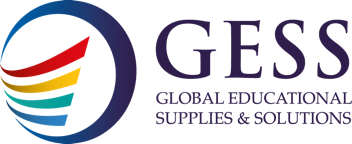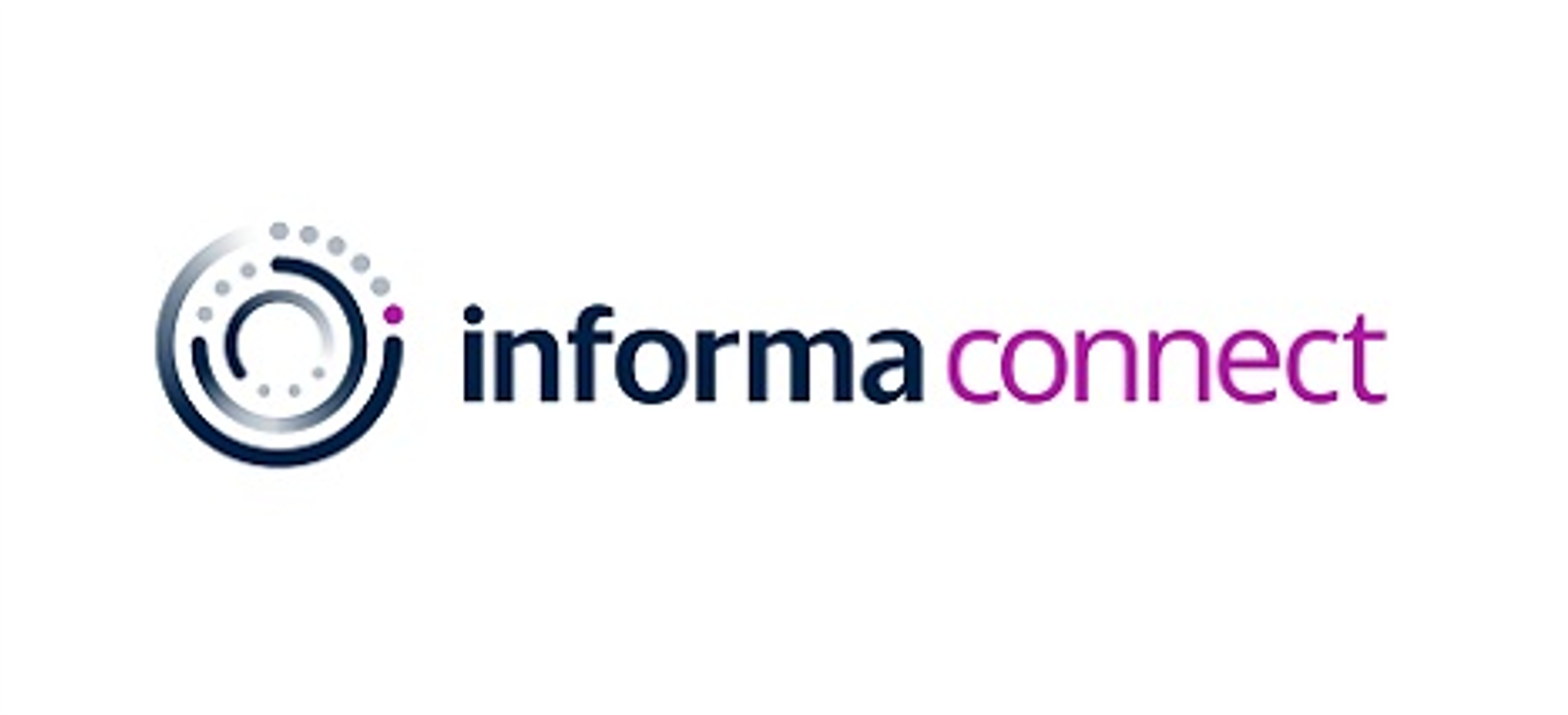I figure how my why, which is impact through connections, and my core values, integrity, and be me are representative of my identity.
Last year, I served on a leadership panel with area experts at the Teach Middle East Leadership Conference in Dubai around DEIJ (Diversity, Equity, Inclusion, Justice) issues affecting this region. When asked what we can do in schools today to address and remove inequities that currently exist, my immediate response has absolutely nothing to do with schedules, proportional representation in classes, leveling up those classes, i.e., removing tiers of courses that create divides among cohorts of scholars, planning for teachers to co-plan to co-serve (more than co-teaching!), curriculum reviews & considerations of modifications to be more inclusive, and activities to support the whole child. Instead, my response when asked about those steps is first to examine our Identity as individual human beings, and how we show up in our work to impact scholars and their tomorrow due to who we are.
We bring our whole selves as human beings to serve others in our jobs each day within our learning communities. This has everything to do with our stories, our experiences, where we grew up, our values, our WHY, our beliefs about our scholars, our colleagues, and the roles we play, down to the power in the language we use when we interact and connect with our scholars, our colleagues, and families. All of these facets of our own identity impact where we may be in our planning (curriculum) and instructional delivery on our own and our entire learning community’s Cultural Proficiency continuum.
Before we can begin impacting systems and structures, we must carefully examine our own identities, and we must commit to frequently digging in with our colleagues to understand their identities, and how our work is impacted by Identity. Doing so will create avenues for open, honest dialogue, as well as help the entire community to approach our work to serve our scholars and families in ways that will have deeper impact for improved teaching and learning outcomes. My philosophy as an Educator is that our scholars leave us LIFE Ready and Literate; this is built on the predicate that our scholars know who they are, they know the world around them, and our scholars know how they fit in the world around them. Unless we engage together in Identity work, which is the first part toward building Equity foundations across our systems, our scholars will not be fully equipped to navigate the world around them!
As a leader, I suggest starting small for unmistakable impact as you engage yourself and your learning community of colleagues. Therefore, I am sharing a few things I did for myself and with my teachers and staff around Identity development. First, I was intentional about two things: time and commitment. For anything to be sustainable, there must be a plan, and whatever fits in that plan needs to connect to the bigger picture, i.e., Theory of Action, Strategic Plan, Goals, KPIs, Measures of Success, Professional Learning, or you run the risk of such work being seen as ‘extra’ or irrelevant to Teaching and Learning. As a leader, just like a teacher with scholars, it is my job to make those fluid connections on how what we are doing is relevant and will positively impact scholar outcomes. Time is finite with everything on our plates, and nobody likes an extra add-on without removing something else. I am reminded of what someone says, and that is, “The main thing is to keep the main thing the main thing.”
I looked carefully at what was required for our professional learning during Pre-Service Days, and I planned backward the professional learning around our shared goals and pillars in our Strategic Plan. I knew Equity work is not a ‘one and done’, so I had to be intentional about how I planned time for Identity development that would be the Cornerstone toward deeper Equity work that many are familiar with, such as changing schedules re-examining our policies, procedures, and programs and services, in addition to education and confronting unconscious biases, stereotypes and myths, racism, including internal racism, microaggressions, and the history of marginalization, i.e., how we are still perpetuating inequities in our Educational System. I have a caution here. If you are a leader engaging in or considering a sweeping change in what courses are offered and who has access to them (basic, honors, advanced, IB / AP or Dual Credit), how the master schedule will come together for proportional representation across your diverse cohorts of scholars, among other things that come with the puzzle pieces of master / timetable scheduling, this work will not be successful nor as sustainable for your desired results unless you commit to engage in the Identity work, which is the foundation for Equity work. That is another topic I am happy to delve further to explain.
I slowed down time in the Pre-Service days to engage our teachers and staff in some activities that would set the stage for later professional learning that aligned to our school improvement goal and our identified high leverage practices. One of the first things I did years earlier was to figure out my WHY. I am so glad I did this work! Many of you have seen Simon Sinek’s Start with WHY Ted Talk, and it is based on this premise. Now, I wish I could recall which ‘tool’ or battery of tools I used to help me arrive at my Why back in early 2018, but I do know there are many out there just a Google search away. What I do know is that my Why is Impact Through Connections and it shows up every single day, no matter how simplistic, big, whether in my personal or professional work life. Whatever your Why, it is a part of your Identity. During Pre-Service days, I used QR Codes with different articles and brief activities posted about the Library Media Center and on digital documents for teachers and staff to participate in to help them arrive at their WHY, mainly around teaching and learning, as our focus is on our scholars and their success. I’d already taken time during the summer to create my own tile that illustrated in my own ways my WHY with simple words and visuals. Giving time to teachers and staff to reflect on this before our next activity, and to have them create their own tiles gave me the opportunity to see them individually, know them as a collaborative working group, and to plan subsequent activities around equity, teaching and learning, such as purposeful collaboration when we solved scheduling issues, and for when we reviewed data to set new goals through root cause analysis, or when we engaged in the Cultural Proficiency Continuum scenarios. That collection of tiles was arranged as a mosaic and hangs today in the Main Office of that school.
Another activity I did with the teachers and staff was to engage them in something again I had done using Giant’s work of the Five Voices free assessment. I actually used this with two staff groups over multiple years, and I noticed, as I surmised and as my own leadership evolved based on new stories and experiences, especially the Pandemic, that my leadership voices changed. Reaffirming as ever, my Primary Leadership Voice is Connector, which is part of my Why, Impact Through Connections. My secondary voices were Creative and Pioneer, and when I did retake the assessment, especially after feedback from my teachers and staff after years serving as a High School Principal, I was not shocked that Pioneer was swapped for Nurturer. I learned a lot when having that high school group take the Five Voices assessment that many were either Nurturers and Guardians. There were many Connectors like me. I see myself more as that Connector and especially as a Creative (not the artsy type like many would associate or think of) every single day now, and how I now interact with my teachers and staff and walk the journey with them, I cannot help but not ignore the Nurturer side as I see what this work takes to change the trajectory of a scholar’s life, especially in Middle and High School settings. I have changed as a leader based on my experiences, and getting our teachers and staff to recognize pieces of their own lives, histories and stories, and how they impact their daily lives has opened the doors to many more insightful ways of coaching teachers through curriculum and lesson design, scaffolding, knowing our scholars, their identities and how to be more culturally relevant in our approaches to teaching scholars for their tomorrow, not ours.
The best thing I did was invest in myself as a leader, taking time and looking inward to identify my WHY, and to be observant around every corner of how that impacts me everyday as a human being, and how it impacts others, whether positively or negatively. The best gift I gave to my teachers and staff in my humble opinion was investing in them, their WHY, their identities to help us become more communicative, trusting, and vulnerable to what we are charged with each day in helping our scholars be LIFE READY & LITERATE ,prepared for anything. It took time to plan, and energy throughout the year to effectively weave in new learning connected to our important work with scholars in our Strategic Plan, launched from our identity work to have crucial conversations and honest discussions, sometimes involving affective rather than cognitive conflict about our Equity work around race, marginalization, and how we were really doing when it came to dismantling and breaking down barriers that were holding us back as a staff toward minimizing the achievement and opportunity gaps. There is no secret formula nor quick fix to address all the problems we as Educators are charged with. Unless we care enough about ourselves as human beings and leaders to know who we are, and then to be vulnerable with our teachers and staff who have the most direct impact on scholar achievement, then we will continue to spiral around the complex web of Education, scratching our head when we see our data and wonder what we can do better, differently this next time around. The time and commitment is worth the energy saved over time later on, rather than playing Whack-A-Mole and not keeping “the main thing the main thing.” You are worth it. Your teachers and staff are worth it, and most importantly, your scholars know the difference between someone who pays attention rather than someone who follows the playbook without the human connection to know what is right for whom and at what time to take necessary risks to do differently to experience unmistakable impact
Author : Sharin Tebo, Supervisor of Instruction at Gestalt Community Schools
Sharin Tebo, M.Ed., is a PK-12 Educational Professional with 20 years experience serving scholars, teachers, staff and families as a Spanish teacher, Instructional Technology Coordinator, IT Director, Curriculum Coordinator, MS Associate Principal, Middle School Principal and High School Principal.


